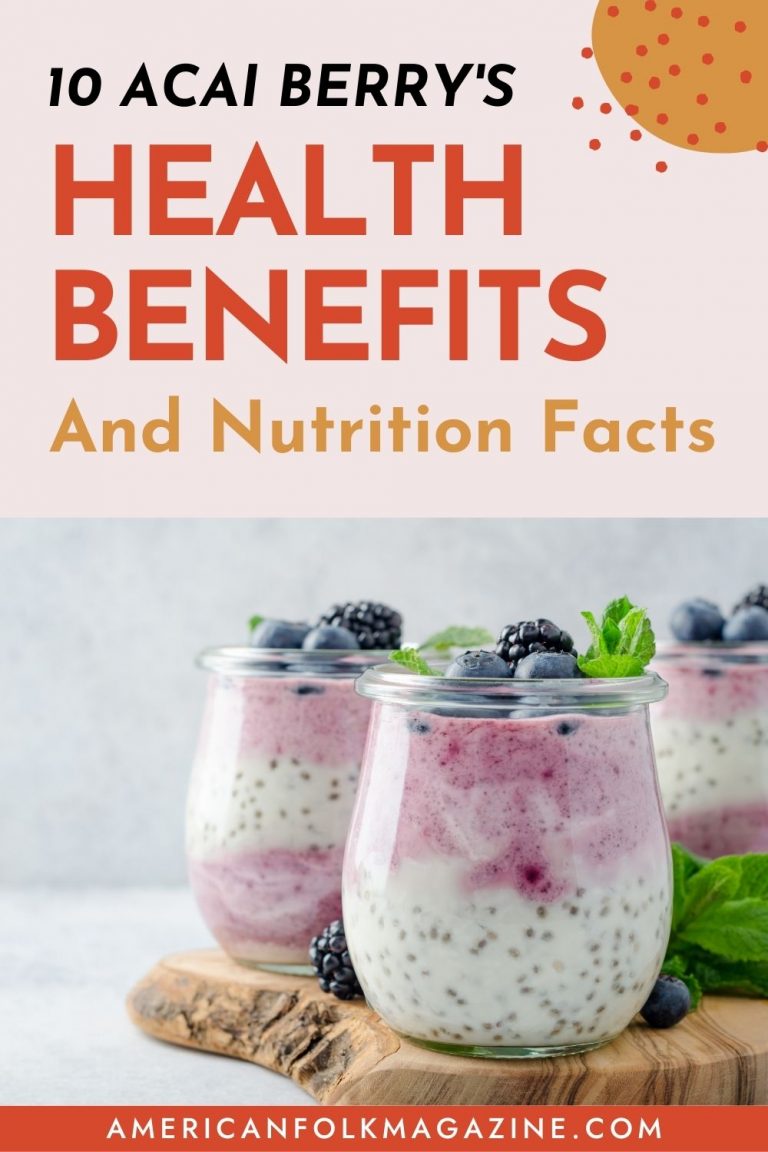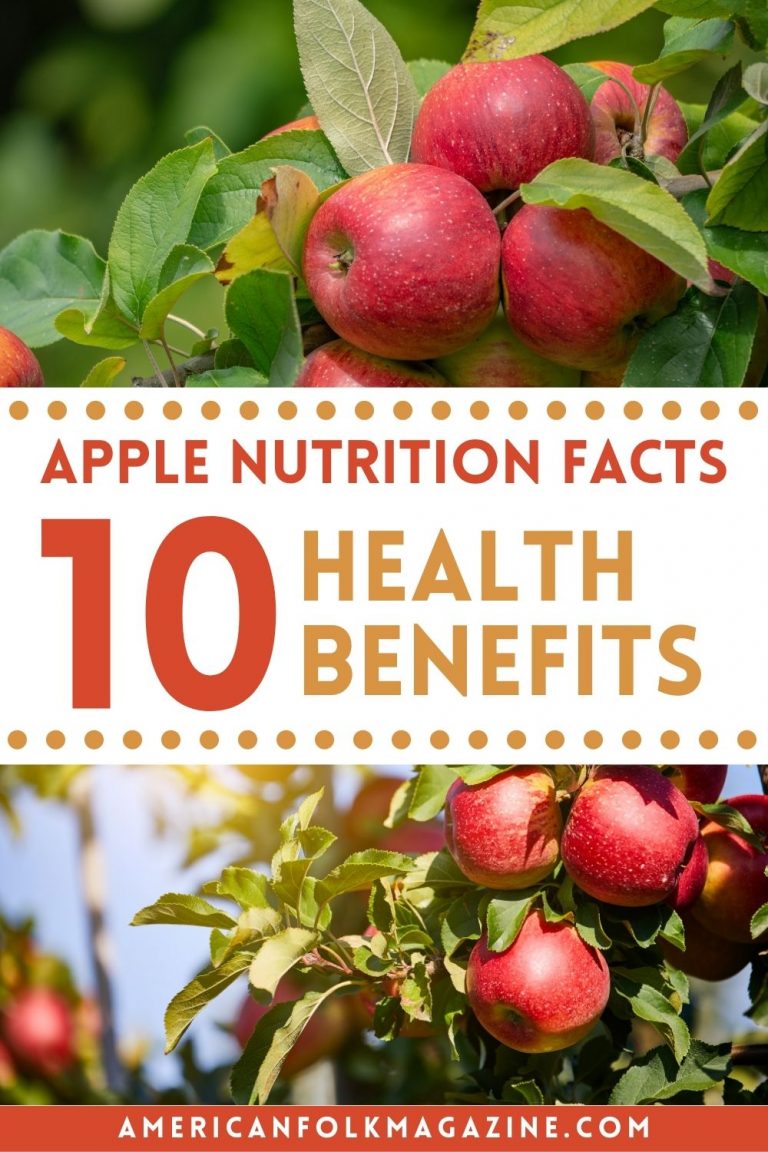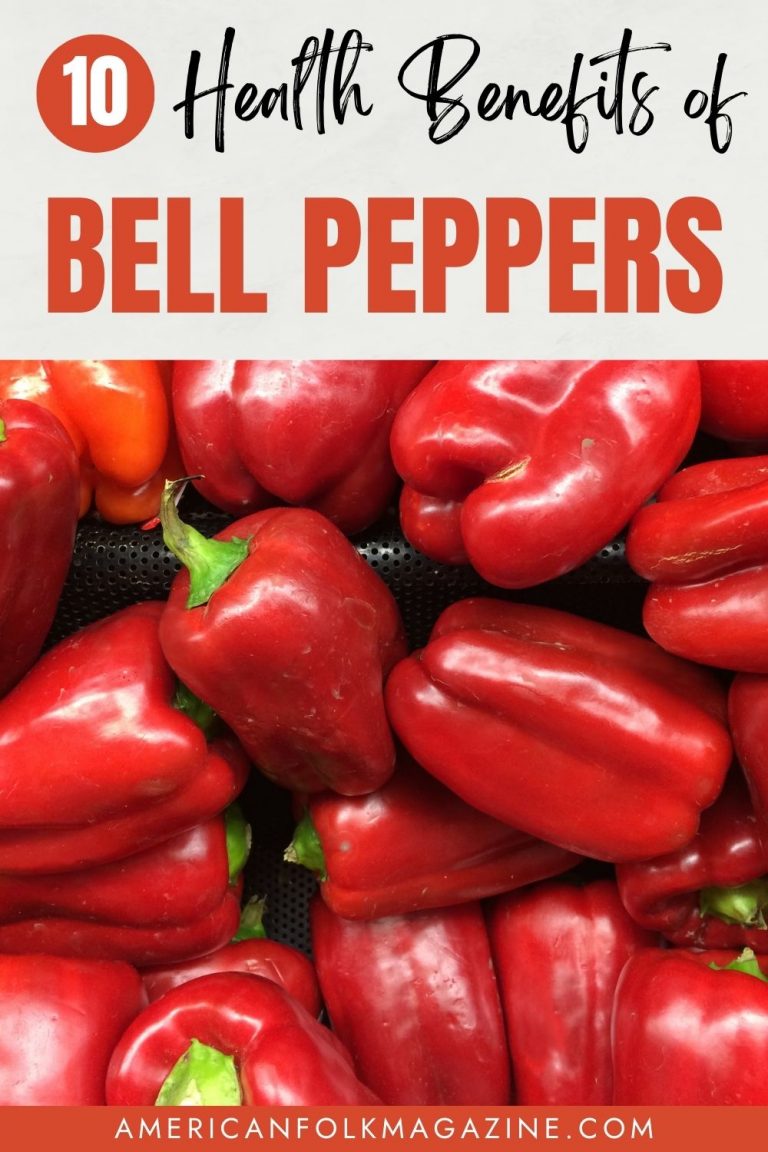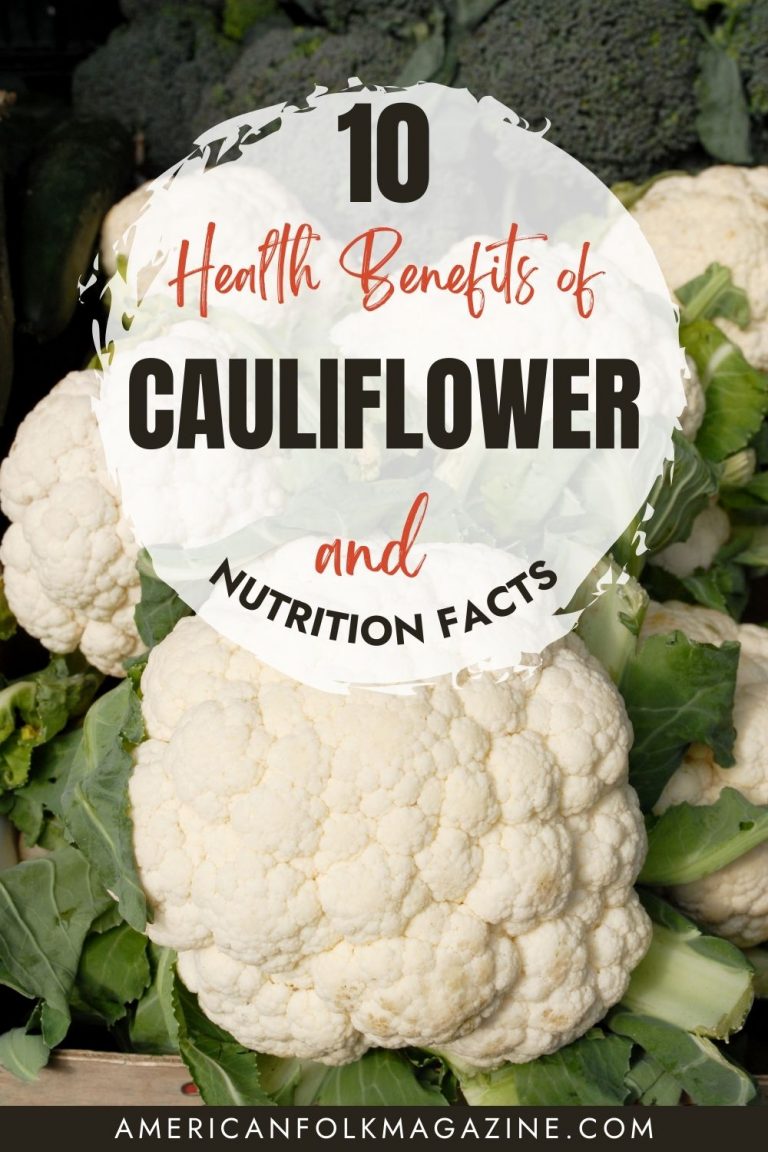White beans, a staple in many cuisines around the world, are not just a delicious addition to meals but a nutritious one too. Packed with essential nutrients, white beans offer an array of health benefits that can support your wellness journey.
From hearty soups to delightful salads, white beans find their way into various dishes, offering flavor and health benefits alike.
In this article, we will explore the nutritional facts about white beans and the incredible 10 health benefits they provide.
Nutritional Facts
White beans, often referred to as Navy beans, are packed with goodness. Their soft texture and mild flavor make them a versatile addition to meals, but it’s their nutritional content that steals the show.
Here’s a table to break down the key nutrients found in a 1-cup serving of cooked white beans:
| Nutrient | Amount |
|---|---|
| Calories | 255 |
| Protein | 15g |
| Fiber | 11g |
| Fat | 1g |
| Carbohydrates | 45g |
| Iron | 4mg |
| Folate | 256µg |
| Magnesium | 86mg |
From providing a significant source of protein to being an excellent fiber source, white beans are truly a nutritional goldmine. They are low in fat, rich in essential vitamins and minerals, and a perfect choice for those seeking a balanced diet.
10 Health Benefits
A Powerful Source of Protein
White beans are a powerhouse of protein, providing 15g in just one cup. This makes them an ideal choice for vegetarians and vegans, as well as those looking to build muscle. The protein content supports overall bodily function and muscle repair, offering a nutritious alternative to meat.
Rich in Fiber
Containing 11g of fiber per serving, white beans support digestive health. The high fiber content aids in regular bowel movements, prevents constipation, and may even help in weight loss by creating a satisfying feeling of fullness that can reduce unnecessary snacking.
Heart Health Booster
With essential nutrients like magnesium and folate, white beans play a vital role in heart health. These nutrients work together to lower cholesterol levels, improve blood circulation, and reduce the risk of heart diseases, making white beans a heart-healthy choice.
Energy Enhancer
White beans are a valuable source of slow-release carbohydrates that provide sustained energy throughout the day. Whether you’re an athlete or simply need a midday pick-me-up, white beans can be a beneficial addition to your meal plan.
Immunity Support
Rich in antioxidants and essential vitamins, white beans are perfect for bolstering the immune system. They protect the body from harmful free radicals and infections, helping you stay healthy and energized.
Blood Sugar Regulator
With a low glycemic index, white beans are effective in controlling blood sugar levels. This quality makes them a preferred choice for diabetics, allowing for a balanced and controlled dietary approach to managing blood sugar.
Good for Pregnant Women
The rich folate content in white beans supports the growth and development of a baby during pregnancy. Offering 256µg of folate per serving, white beans are a nutritious addition to the diet of expecting mothers.
Enhances Skin Health
White beans contain vitamins and minerals that promote skin hydration and elasticity. Regular consumption can lead to glowing, healthy skin, making white beans a beauty food as well.
Improves Bone Health
Packed with minerals like calcium and magnesium, white beans contribute to maintaining strong and healthy bones. They support bone density, helping to prevent osteoporosis and other bone-related issues.
Aids in Anemia Prevention
The iron content in white beans, offering 4mg per serving, helps in forming hemoglobin. This enhances the oxygen-carrying capacity of the blood, aiding in the prevention and treatment of anemia.
How to Incorporate White Beans into Your Diet
White beans, with their soft texture and mild flavor, can be seamlessly added to various dishes. Whether you want to make them the star of the meal or use them as a supportive ingredient, here’s how to do it:
A Staple in Soups and Stews
White beans make a delicious thickener for soups and stews. Their creamy texture adds depth to the dish, making it more satisfying and nutritious.
Salads and Sides
Toss some cooked white beans into salads for a protein boost. Mix them with your favorite vegetables, herbs, and a light dressing for a flavorful side dish or a wholesome meal.
White Bean Hummus
Blend white beans with tahini, lemon juice, garlic, and olive oil to make a unique white bean hummus. Serve it as a dip or spread for a tasty and healthy alternative to traditional hummus.
Healthy Baking Substitute
Mash white beans and use them as a substitute for flour or butter in baking recipes. This adds moisture and nutrients to your baked goods without compromising the taste.
Stir into Pasta and Rice Dishes
White beans blend well with pasta and rice dishes. Add them to your favorite recipes for a subtle flavor enhancement and an additional nutritional punch.
Incorporating white beans into your diet is as easy as it is delicious. With their versatility and nutrient-rich profile, white beans can be a regular part of your culinary adventures.
How to Incorporate White Beans into Your Diet
White beans, with their soft texture and mild flavor, can be seamlessly added to various dishes. Whether you want to make them the star of the meal or use them as a supportive ingredient, here’s how to do it:
A Staple in Soups and Stews
White beans make a delicious thickener for soups and stews. Their creamy texture adds depth to the dish, making it more satisfying and nutritious.
Salads and Sides
Toss some cooked white beans into salads for a protein boost. Mix them with your favorite vegetables, herbs, and a light dressing for a flavorful side dish or a wholesome meal.
White Bean Hummus
Blend white beans with tahini, lemon juice, garlic, and olive oil to make a unique white bean hummus. Serve it as a dip or spread for a tasty and healthy alternative to traditional hummus.
Healthy Baking Substitute
Mash white beans and use them as a substitute for flour or butter in baking recipes. This adds moisture and nutrients to your baked goods without compromising the taste.
Stir into Pasta and Rice Dishes
White beans blend well with pasta and rice dishes. Add them to your favorite recipes for a subtle flavor enhancement and an additional nutritional punch.
Incorporating white beans into your diet is as easy as it is delicious. With their versatility and nutrient-rich profile, white beans can be a regular part of your culinary adventures.
Potential Side Effects and Precautions
Digestive Discomfort
White beans contain certain sugars that may lead to gas or bloating in some individuals. Soaking the beans before cooking and chewing them thoroughly can mitigate these effects.
Interaction with Medications
If you are taking medications for diabetes or other specific conditions, consuming white beans may affect the way these medicines work. Always consult with a healthcare provider to ensure that white beans fit into your dietary plan.
Allergic Reactions
Though rare, some individuals may have an allergy to white beans. Be mindful of any allergic reactions, and seek medical advice if you experience any symptoms.
Proper Cooking
Raw or undercooked white beans may contain lectins, substances that can cause gastrointestinal issues. Cooking the beans thoroughly eliminates this risk, so always ensure they are well-cooked.
Impact on Blood Sugar
While white beans help regulate blood sugar, consuming them in large quantities without balancing other macronutrients may cause fluctuations in blood sugar levels. Moderation and a balanced approach are key.
By being aware of these potential side effects and taking necessary precautions, you can enjoy white beans as a nutritious part of your diet without any worries.
References
- Effect of line, soaking and cooking time on water absorption, texture and splitting of red kidney beans – PMC (nih.gov)
- A review of the impact of preparation and cooking on the nutritional quality of vegetables and legumes – ScienceDirect
- Soaking the common bean in a domestic preparation reduced the contents of raffinose-type oligosaccharides but did not interfere with nutritive value – PubMed (nih.gov)
- Legumes: Health Benefits and Culinary Approaches to Increase Intake – PMC (nih.gov)
- The effect of fiber on satiety and food intake: a systematic review – PubMed (nih.gov)
- Effects of meals high in carbohydrate, protein, and fat on ghrelin and peptide YY secretion in prepubertal children – PubMed (nih.gov)
- https://fdc.nal.usda.gov/fdc-app.html#/food-details/339220/nutrients
Pin it to your board











